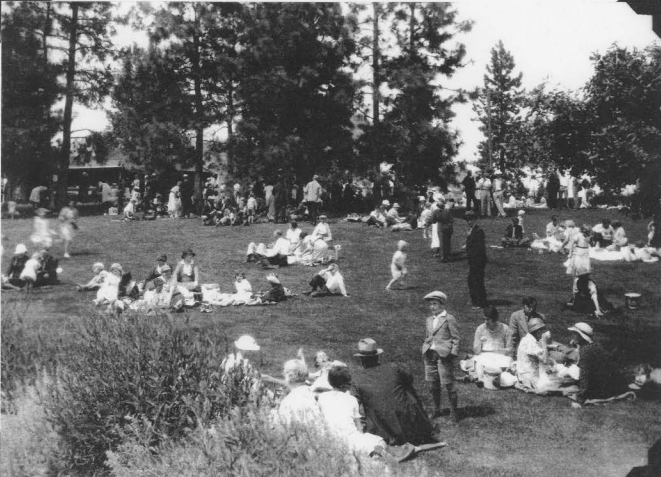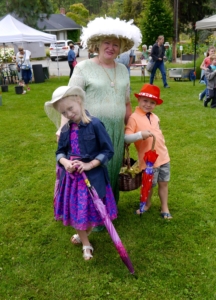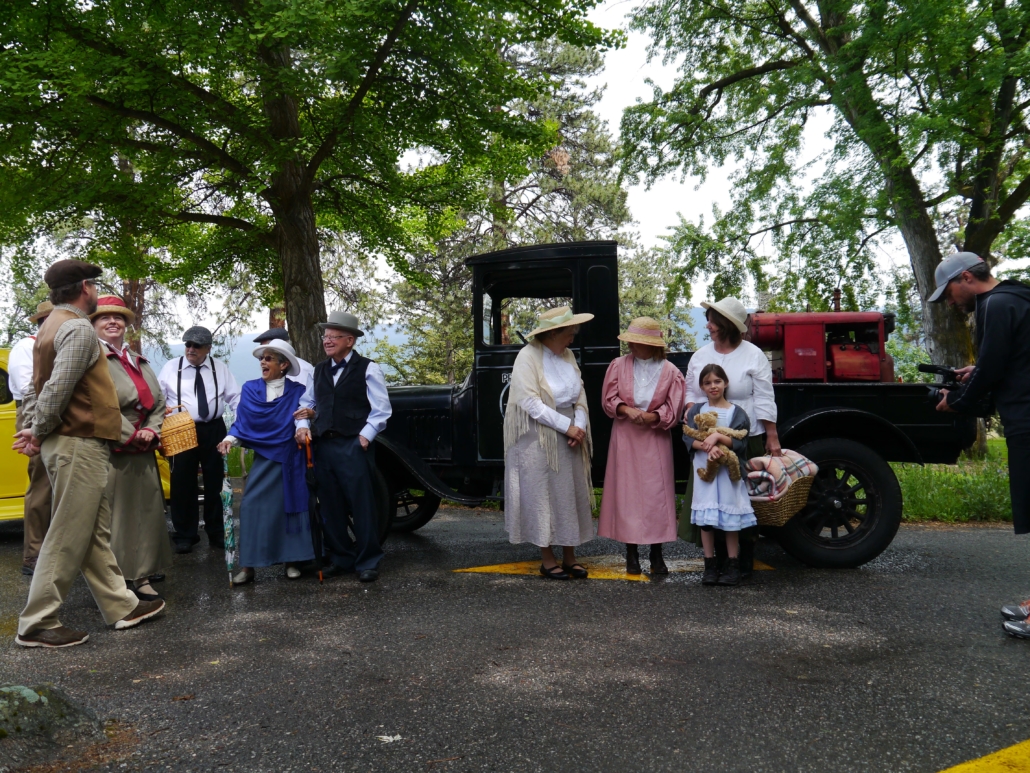Mission Statement
The Friends of the Summerland Ornamental Gardens Society (FOG) was formed in 1991 when Agriculture Canada–now Agriculture Agri-food Canada (AAFC)—phased out their horticulture program. FOG’s mission is to “preserve, maintain and enhance the beauty of the historic gardens, offering the community a source of enjoyment and education in sustainable gardening practices.”
AAFC grants FOG a Licence of Occupation for the 6-hectare Gardens; the Summerland Research and Development Centre supplies some in-kind assistance but we do not receive any federal government funding.
To fulfil its mission, FOG hires two paid gardeners and runs an extensive volunteer program. Funds are raised through memberships, donations, plant sales and grants-in-aid.
FOG organizes and promotes activities and educational events that stimulate interest in and support for the Society. Two focus areas are water conservation and providing habitat for native pollinators.
FOG welcomes new members and tries to ensure that each volunteer’s experience will be enjoyable and rewarding.
Our Story
Summerland Ornamental Gardens were originally part of the Dominion Experimental Farm, established in 1914 to demonstrate successful ways of farming and gardening in the dry Okanagan climate. In 1916, staff gardeners Joseph Smith and Alfred Aveson sketched out a plan for the Gardens based on the English garden scene on a Wedgewood plate (or so the story goes). Trees and shrubs from around the world were planted; some did not survive but many are still providing shade to today’s visitor. Beds of geraniums, hollyhocks and other drought-tolerant flowers flourished alongside the roses that reminded settlers of their home gardens in England and Ontario.
Homes were built for the gardens manager, the superintendent and other farm employees; today, only sets of concrete steps and the superintendent’s home remain. For several decades, the Farm and Gardens provided a social hub for South Okanagan settlers; the annual Farm Picnic drew visitors from Vernon to Princeton, and local politicians seized the opportunity to speak to crowds numbering in the thousands. The Gardens became a favorite venue for weddings, birthdays and family reunions.
During those decades as well, the Gardens’ managers and staff developed new varieties of geraniums, dahlias and other species that gained country-wide recognition. Most notable of those managers was Nat May, who arrived at the Gardens in the 1920s and held the position until the 1950s. May’s granddaughter, Connie Davis, co-ordinates the volunteers who maintain the Gardens today.
As Canada’s population moved from rural to urban, Agriculture Canada—now Agriculture Agri-food Canada—phased out its horticultural programs and the Gardens were slated for the plough. The then director of the renamed Research Centre, Lorin Godfrey, and the gardens manager, Brian Stretch, persuaded the ministry to leave them in place to be maintained by a non-profit society, Friends of the Summerland Ornamental Gardens (FOG), which was formed in 1991.
FOG’s first large project was establishing a Xeriscape demonstration garden, in keeping with the dawning awareness that water is a finite resource. Other beds were enlarged or added, and the Gardens gradually expanded to their current six hectares (15 acres). To further conserve water, annual flowers were replaced with perennials, and drip irrigation was introduced. Most recently, FOG has increased the number of plants that provide food for pollinators (bees, butterflies, hummingbirds), in recognition of the fact that their numbers are dwindling.
For more than a quarter-century, FOG volunteers have planted, weeded, offered workshops and given tours, providing to locals and visitors an opportunity to discover the natural world, learn how to garden in it, and enjoy the serene beauty that the Gardens provide.
Created for the 2016 Centennial of the Ornamental Gardens, this map displays building locations from the early days of the Dominion Experimental Farm to modern times. It is one of the most complete visual records available of how the Farm and Gardens were laid out in the early twentieth century and the following one hundred years.

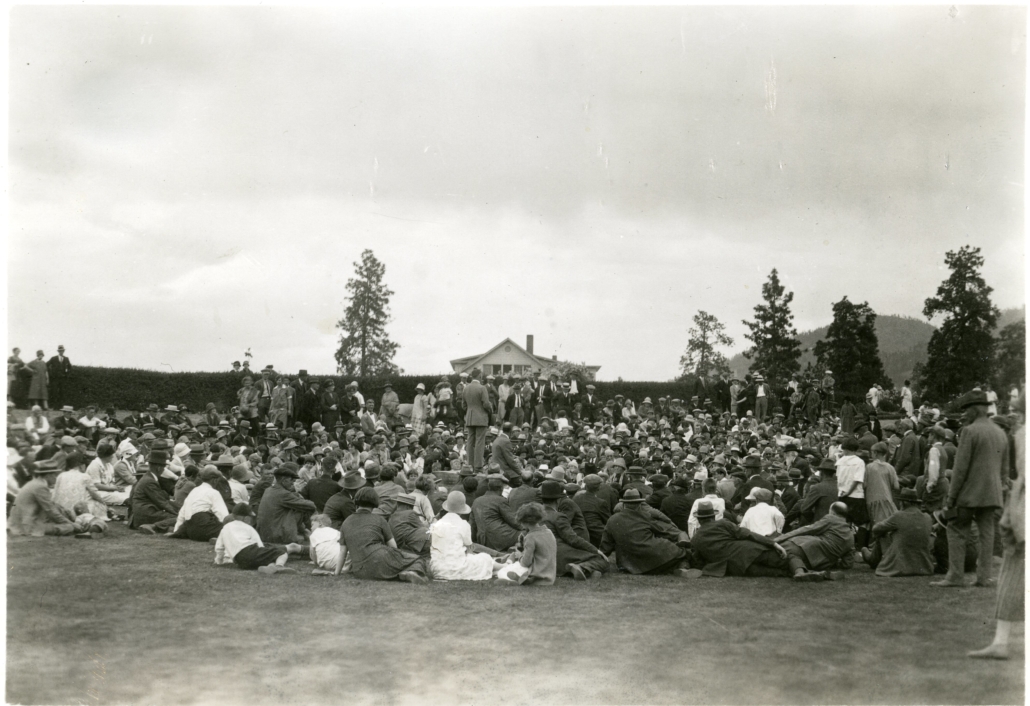
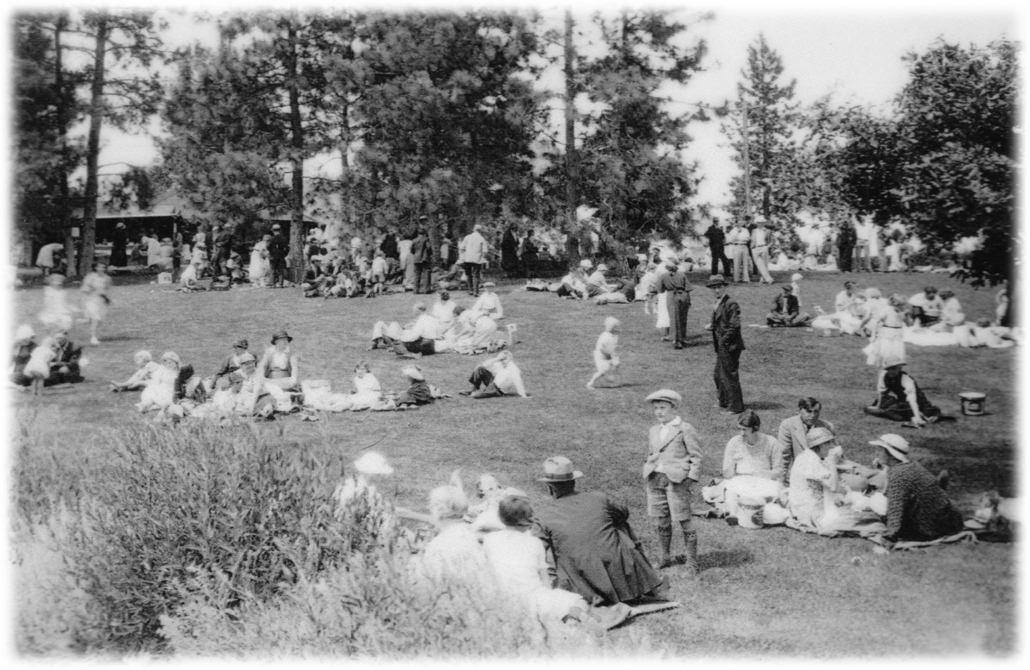
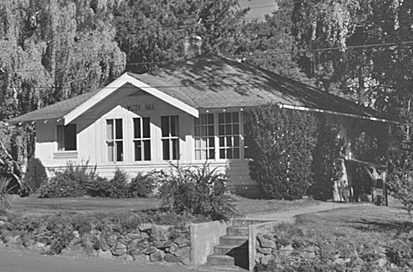
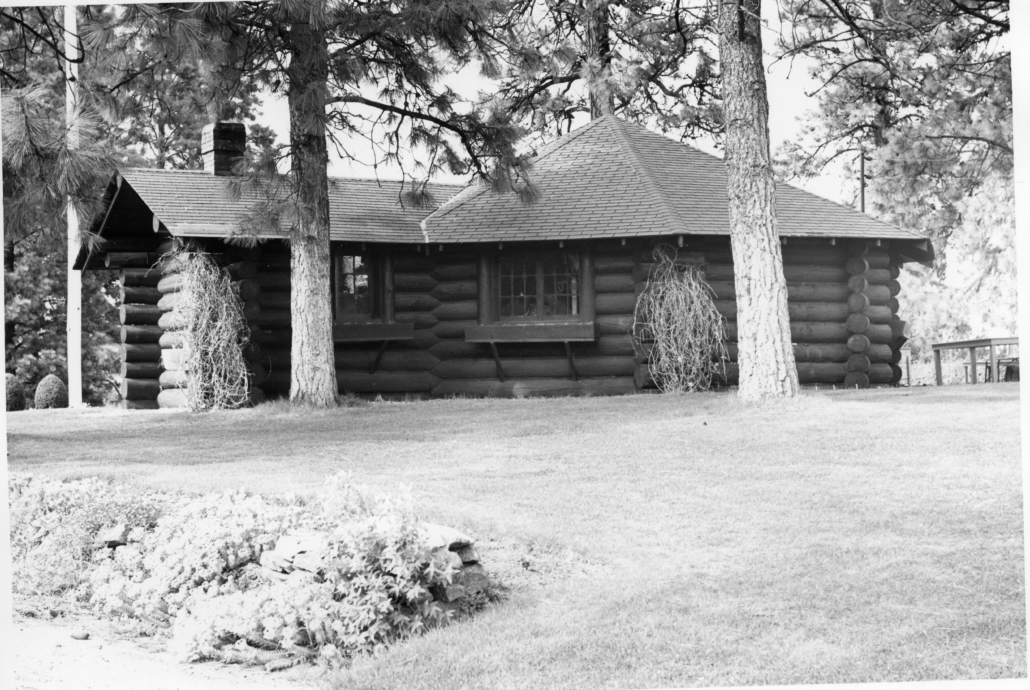
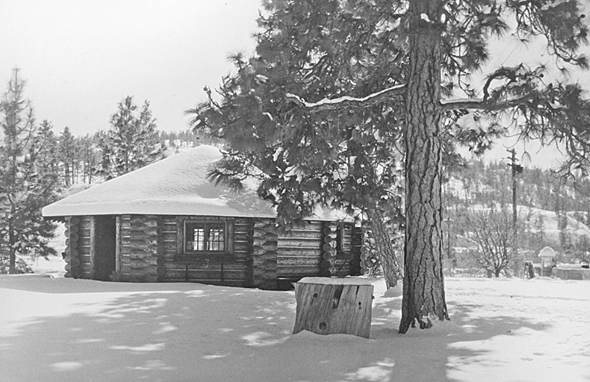
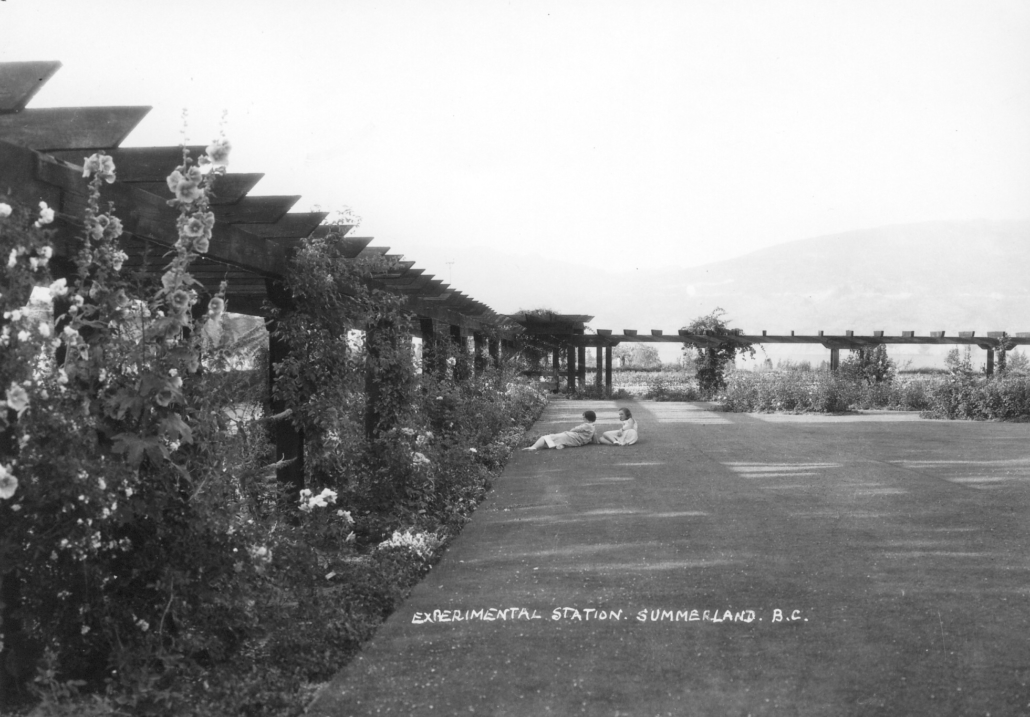
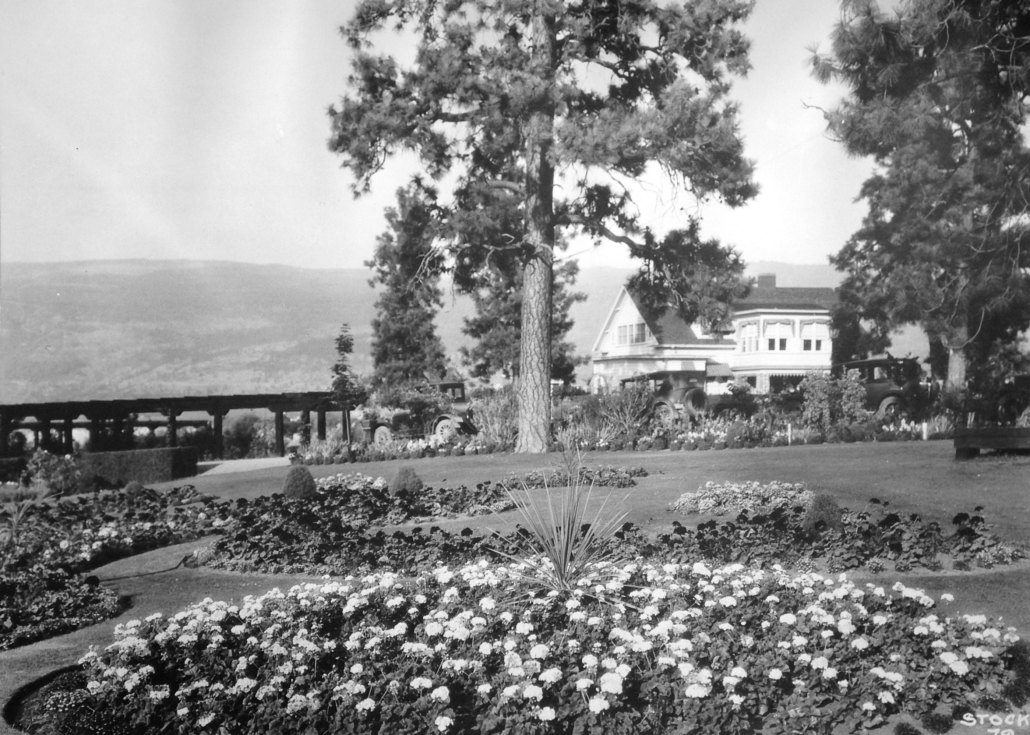
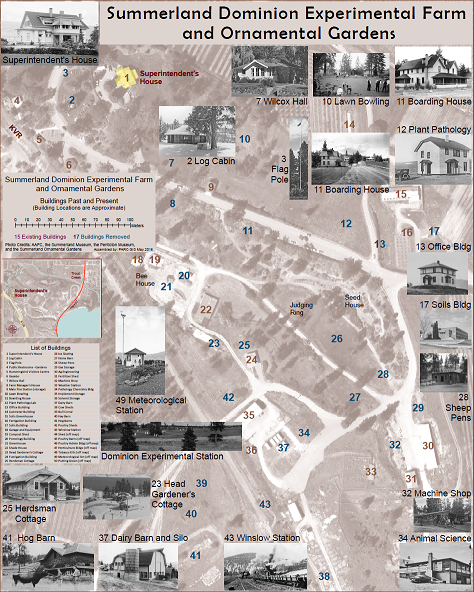
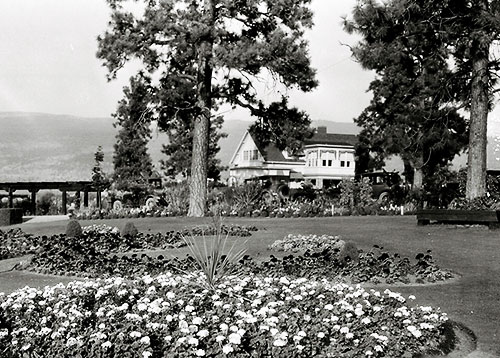 Credit: Summerland Museum & Archives Society
Credit: Summerland Museum & Archives Society
